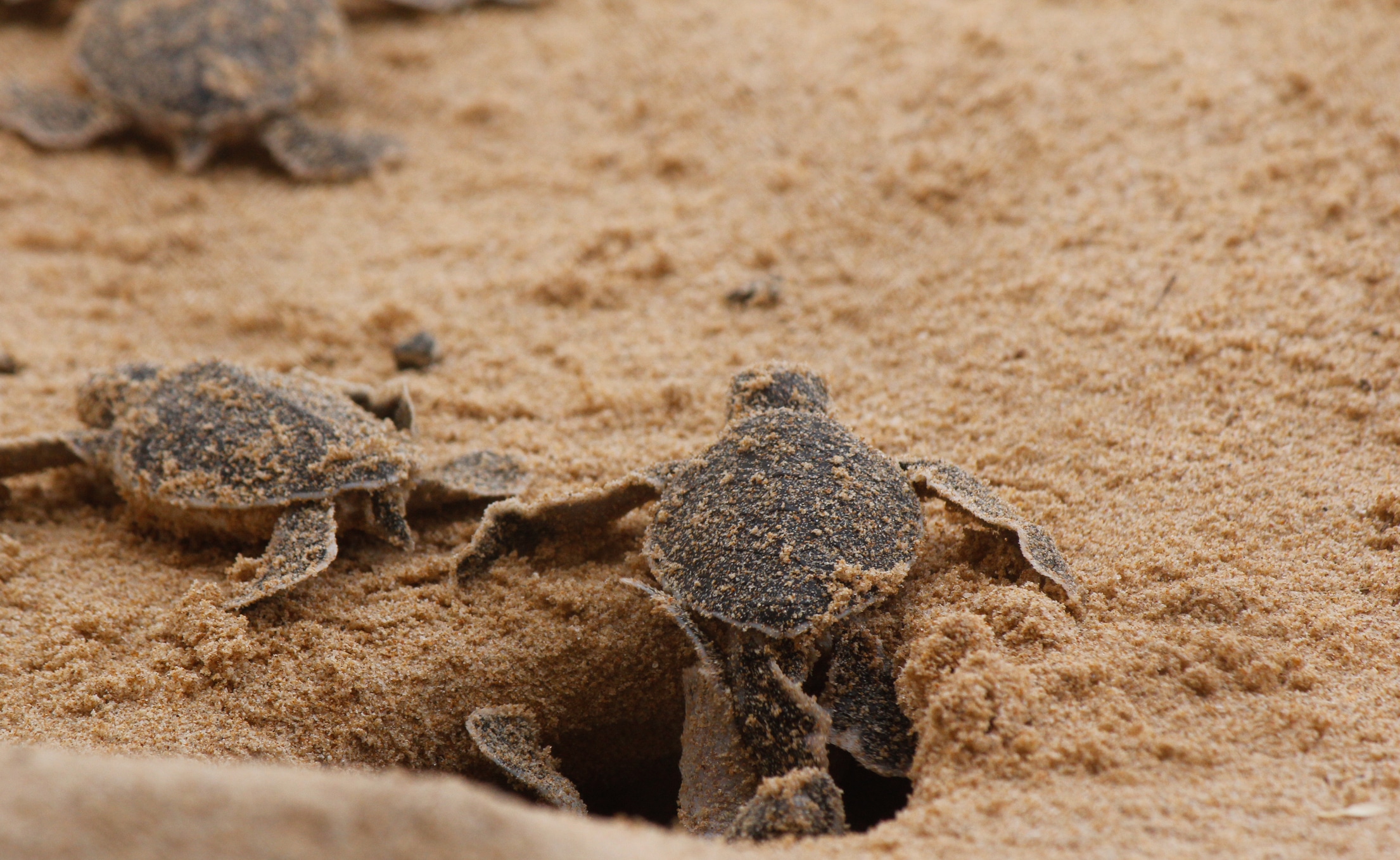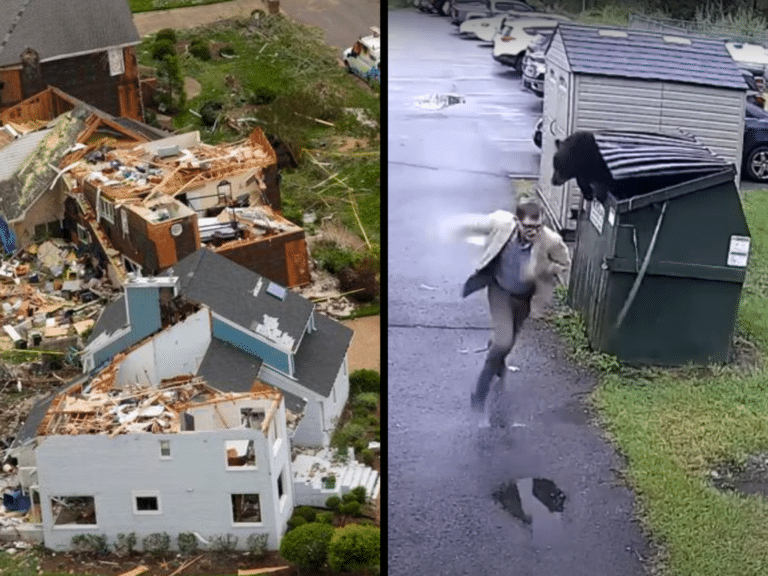The nesting season for loggerhead turtles is here
Georgia’s first loggerhead eggs of the season were discovered on a Cumberland Island beach Monday morning. The nest marks the seventh straight year that Cumberland National Seashore had the first loggerhead nest of the year. Loggerheads nest on all of Georgia’s barrier islands, and nesting season hits its full stride in June.
Loggerhead nesting has increased in recent years in Georgia. In 2019, the state saw the most recorded nests since tracking began back in 1989. Nesting in Florida and the Carolinas is also increasing. To help loggerheads nest successfully, the public is asked to minimize beachfront lighting during nesting season; deter from using flashlights or flash photography while walking the beach at night; leave turtle tracks undisturbed; property dispose of garbage; protect beach vegetation; stay alert and avoid turtles while boating; and remain at a distance if you encounter a sea turtle on the beach.
Tuesday, April 28
Virtual run to benefit Havasupai Tribe’s COVID-19 relief fund
Gear maker Kahtoola is hosting a virtual run to benefit the Havasupai Tribe’s COVID-19 relief fund. The Havasupai Tribe lives remotely at the bottom of the Grand Canyon, a factor that compounds the community’s risk during the pandemic, Kahtoola said in a press release.
Kahtoola hopes that participating runners and walkers can raise $10,000 for the fund. To participate, register online, begin fundraising, and complete the 5K or 8-mile distance anytime between May 1-10.
The largest-ever Arctic ozone hole has closed
This spring, the largest-ever hole in the ozone appeared over the Arctic. The hole was not caused by human activity but by a strong Arctic polar vortex, the Copernicus’ Atmospheric Monitoring Service (CAMS) said. Because the hole was not caused by humans, its reversal is also not due to the dramatic reduction in pollution caused by the pandemic.
In other ozone news, the Antarctic ozone hole is also shrinking. Unlike the Arctic hole, the Antarctic hole is caused by pollution, specifically chlorine and bromine, and has developed annually over the Antarctic for the past 35 years. Last year, the Antarctic ozone hole was the smallest it has been since it was discovered.
Photo of Loggerhead Turtle from Getty Images








